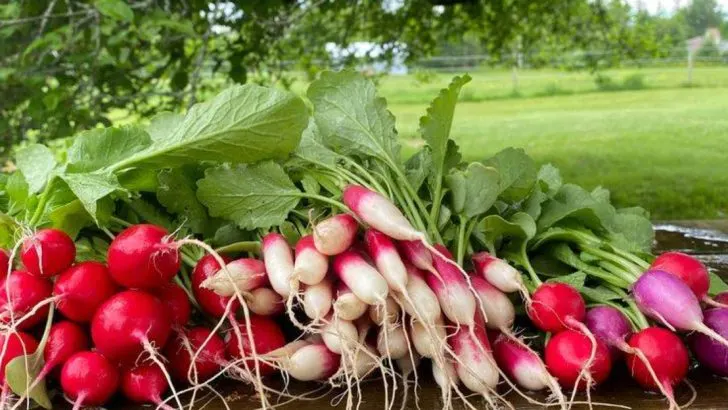Starting a vegetable garden is exciting — but choosing the right crops can make all the difference between success and frustration. While some vegetables practically grow themselves, others require patience, skill, and a bit of gardening experience to thrive.
In this article, we break down 8 vegetables that are perfect for beginners, along with 8 trickier options best left to more seasoned gardeners. Whether you’re just getting started or looking to challenge yourself, this guide will help you plant with confidence and realistic expectations.
Grow smarter by picking the right veggies for your skill level — and enjoy a more rewarding harvest!
Radishes
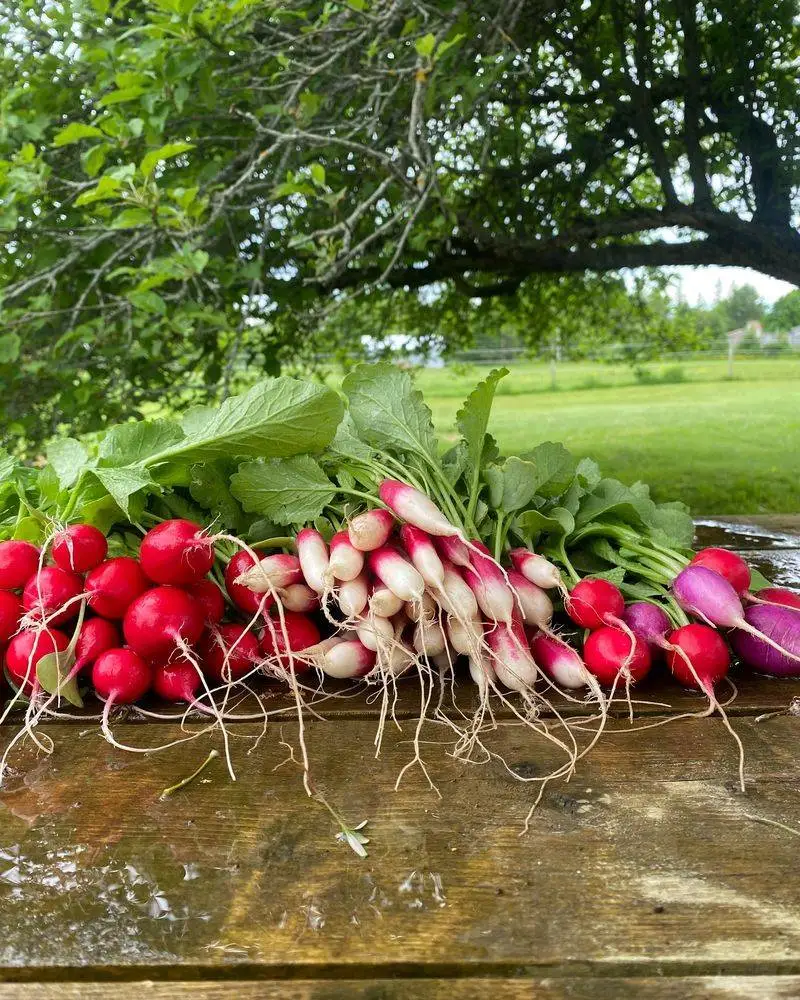
Quick to germinate and harvest, radishes are ideal for beginners. They thrive in cool weather and can be planted multiple times during the growing season. With minimal requirements, they offer a peppery crunch to salads and sandwiches. Even impatient gardeners will appreciate their speedy growth, typically ready in about three weeks. A fun fact: radishes were once used as currency in ancient Egypt! Their simplicity and versatility make them a staple in any easy-to-grow vegetable list. Simply scatter the seeds, water, and watch them sprout with little effort or care.
Lettuce
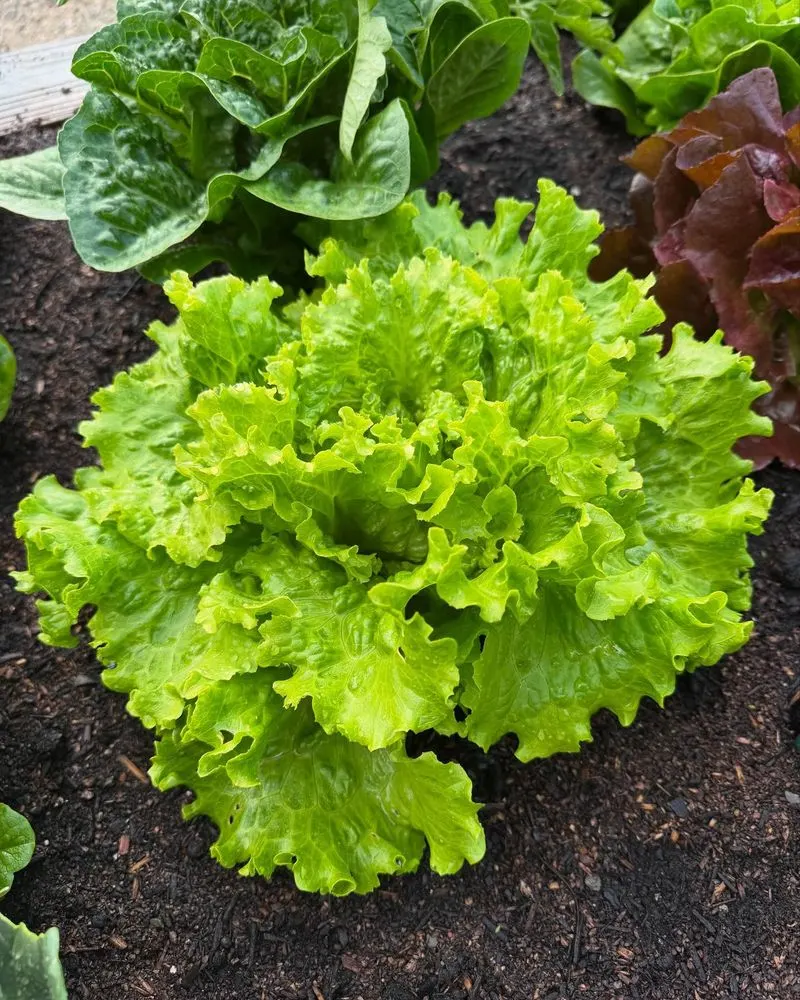
Lettuce is a gardener’s delight with its forgiving nature. From romaine to butterhead, the options are plentiful, and they grow happily in small spaces or containers. Regular watering and light shade help it thrive, providing crisp leaves for months. Did you know lettuce was cultivated by the ancient Egyptians? It’s a timeless choice for fresh and healthy meals. Perfect for those who want a continuous harvest without the fuss. Even a small balcony garden can support a thriving lettuce patch with minimal effort.
Spinach
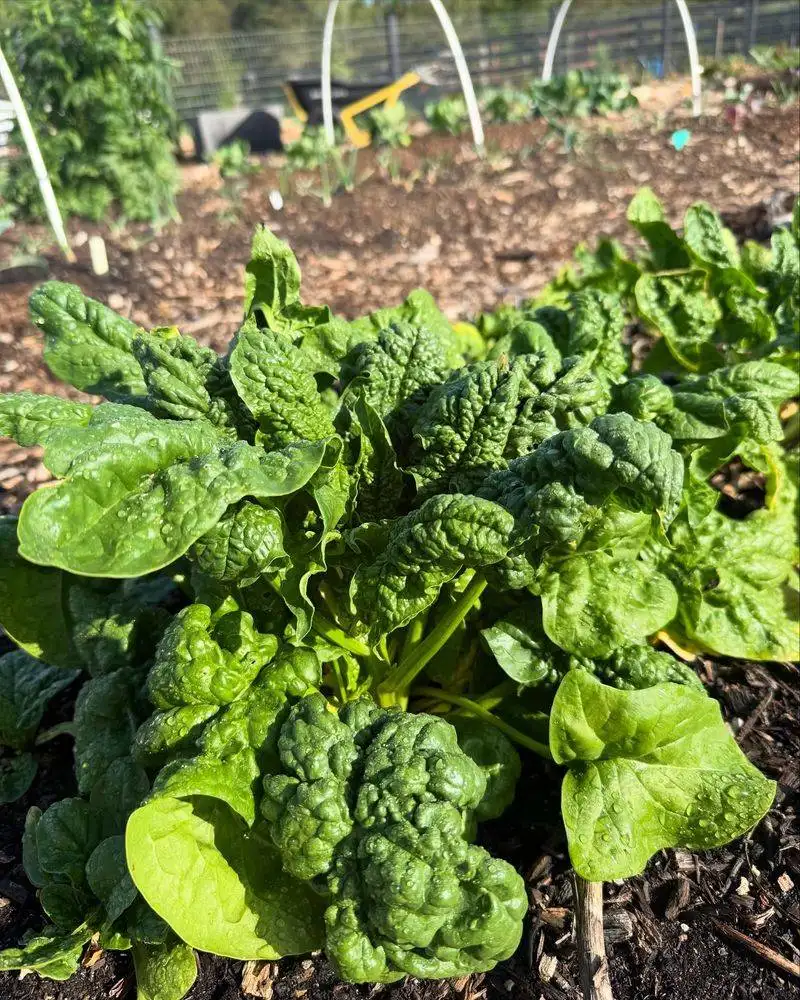
Spinach is the ultimate cool-weather crop, offering nutritious leaves high in iron and vitamins. Its resilience to frost makes it perfect for early spring and fall planting. A favorite of Popeye, spinach has been loved for its health benefits and ease of growth. Plant it in well-drained soil, and you’ll enjoy a bountiful harvest in no time. Even first-time growers find success with this leafy green, making it a staple in the easiest vegetables to grow category. Easy to integrate into any dish, its versatility is unmatched.
Carrots

Carrots are not only nutritious but surprisingly easy to grow. Their seeds are sown directly into the ground, and with a little patience, they emerge vibrant and sweet. A loose, sandy soil ensures straight growth, and a gentle thinning allows them to thrive. Carrots were initially purple before orange became the norm. Their array of colors and flavors can spice up any meal. Perfect for new gardeners seeking a rewarding harvest, carrots’ simplicity belies their culinary potential.
Green Beans
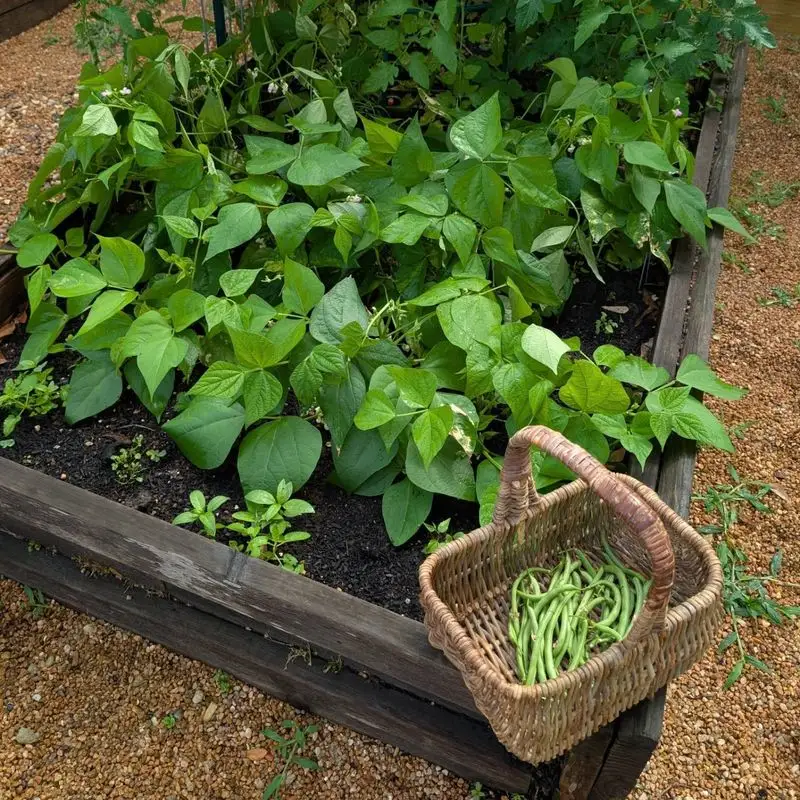
Green beans offer a bountiful harvest with minimal effort. They thrive in warm weather and support vertical growth, making them ideal for small gardens. Whether bush or pole varieties, they provide a crunchy addition to any meal. Their nitrogen-fixing ability improves soil fertility, a delightful bonus for any garden. A staple in many cultures, green beans are as gratifying to grow as they are to eat. Regular picking encourages more production, making them a favorite for continuous harvest.
Zucchini
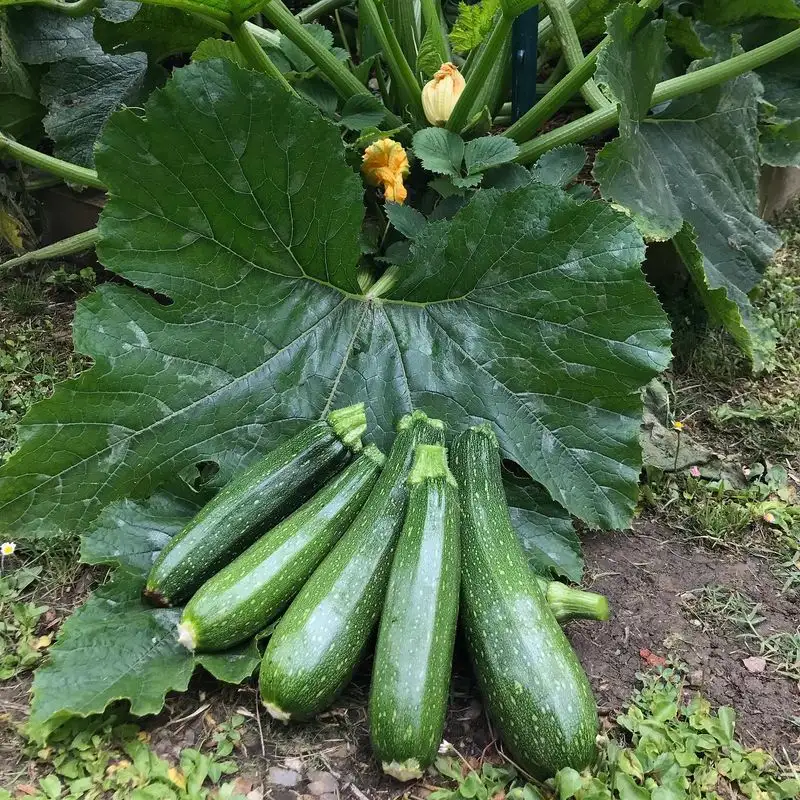
Zucchini is known for its prolific nature, producing an abundance of fruit with minimal care. With sufficient sunlight and water, it thrives in rich soil. A single plant can overwhelm a garden with its productivity, perfect for those who love to share their bounty. Interestingly, zucchini flowers are also edible, adding a unique twist to culinary creations. Beginners will appreciate its robust growth and versatility in cooking. From savory to sweet dishes, zucchini adds a nutritious touch to any meal.
Cucumbers
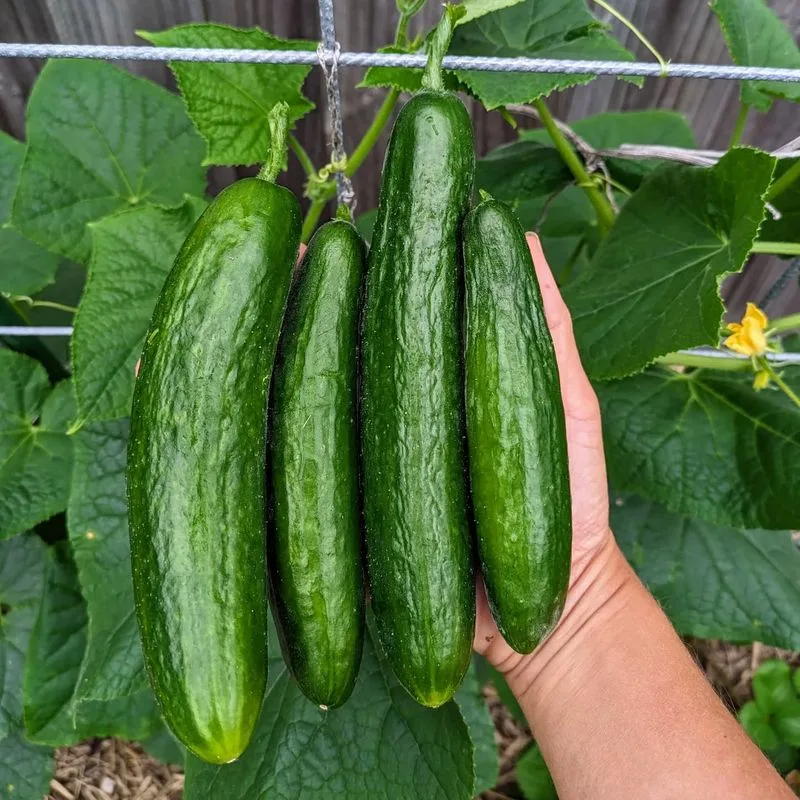
Cucumbers are synonymous with summer gardens, offering refreshing fruit perfect for snacking. They thrive in warm conditions and can grow horizontally or vertically, saving space. Regular watering and sunlight ensure a steady supply, perfect for pickling or salads. Did you know cucumbers are 95% water, making them a hydrating addition to your diet? Their crisp texture and mild flavor make them a favorite among gardeners looking for easy and rewarding plants. Ideal for beginners aiming to impress with a lush garden.
Peas
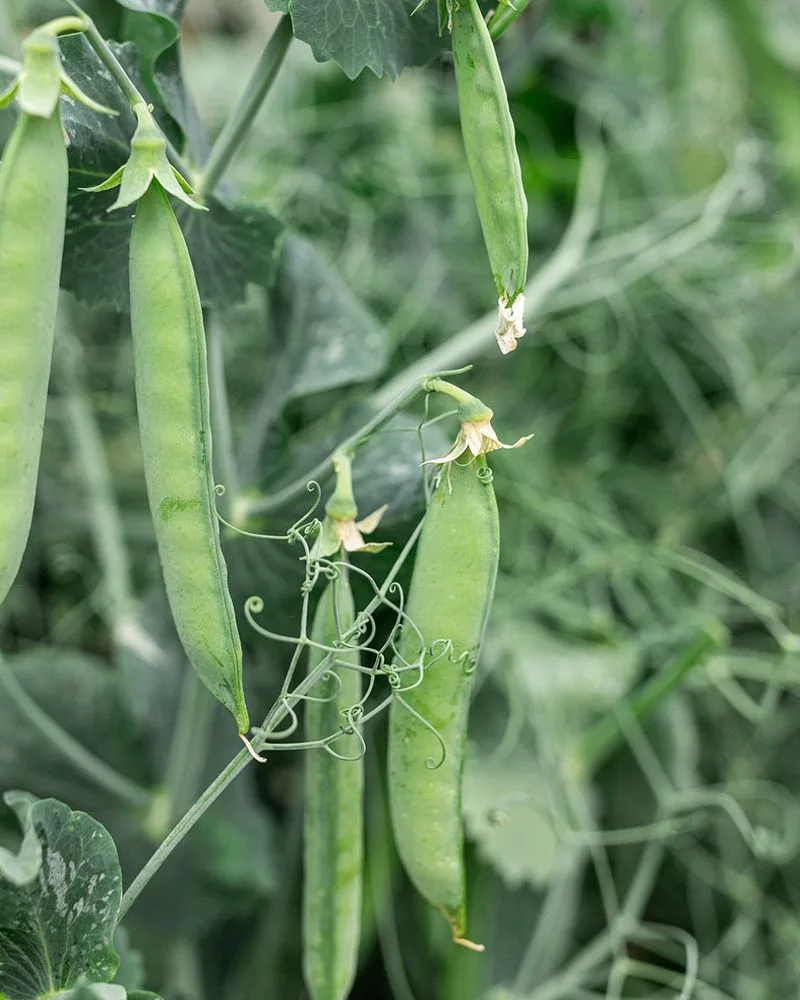
Peas bring charm and productivity to any garden, thriving in cool weather with little fuss. As climbers, they efficiently use vertical space, producing sweet pods. A staple in many cuisines, peas were once a symbol of good luck in medieval times. Their nitrogen-fixing roots improve soil health, benefiting future plantings. A short growing season allows for multiple plantings, ensuring a steady supply. Perfect for gardeners eager to enjoy homegrown sweetness with minimal effort. Their delightful blooms and tasty pods are a joy to grow.
Artichokes
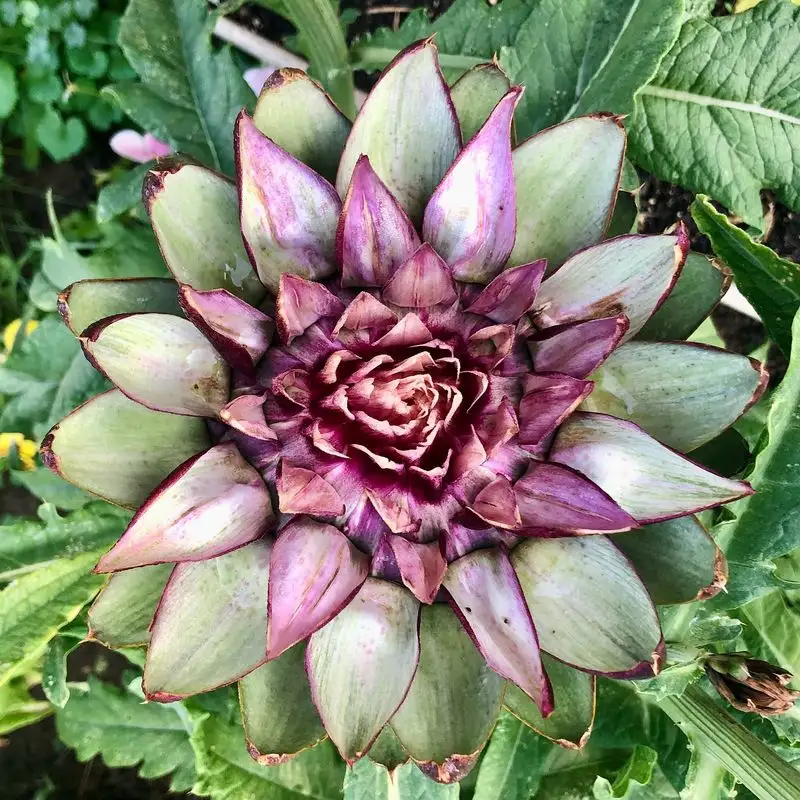
Cultivating artichokes requires patience and skill, reserved for the experienced gardener. This perennial plant demands rich soil, consistent watering, and a climate that offers mild winters. Ancient Romans cherished artichokes, believing they were a delicacy fit for gods. Their unique appearance and flavor make them a gourmet addition to any garden. Mastering artichoke cultivation is both challenging and rewarding, as the plant can produce for several years. For those willing to invest time and care, the payoff is a culinary delight unlike any other.
Asparagus
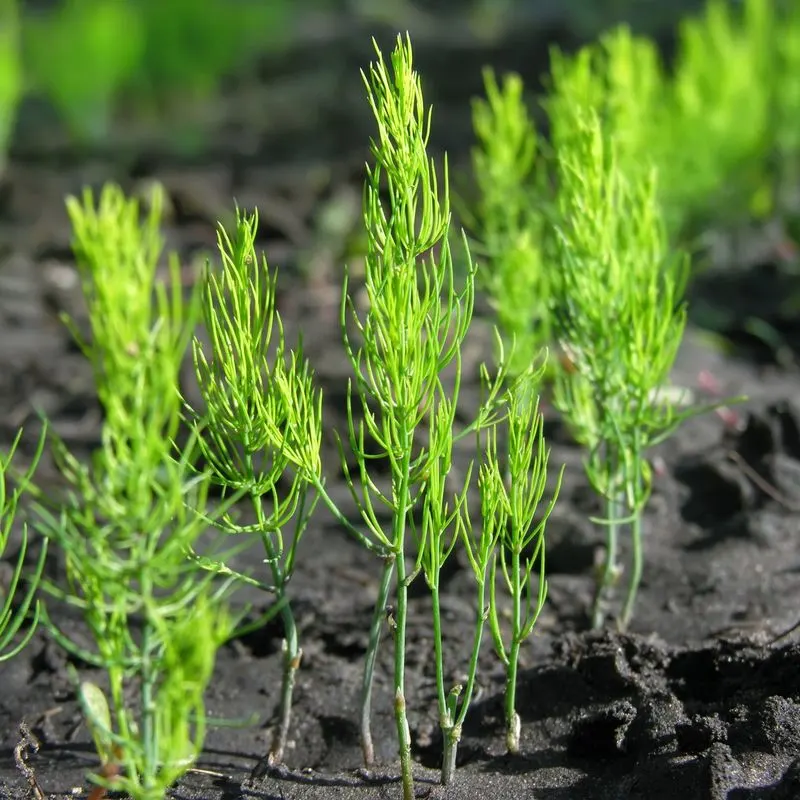
Asparagus is a gardener’s long-term investment, requiring dedication and expertise. It demands well-drained soil and careful attention to weeds. Once established, an asparagus bed can produce for over 20 years. Originating from the Mediterranean, it was highly prized by the Egyptians. Its delicate flavor adds a touch of elegance to any meal. Patience is key, as the first harvest only occurs after three years. Though challenging, the reward of fresh spears each spring is unparalleled. A worthy endeavor for those with an enduring commitment to gardening excellence.
Celery
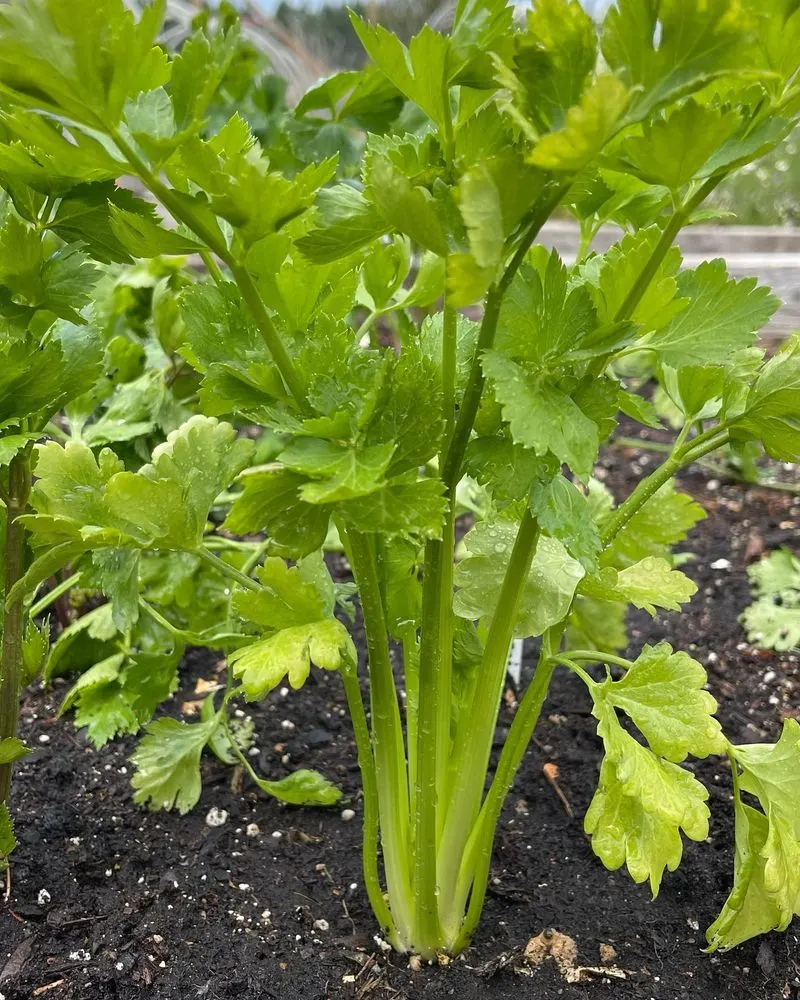
Celery might seem ordinary, but its cultivation is anything but simple. It demands rich, consistently moist soil and thrives in cooler temperatures. Despite its fussy nature, the subtle crunch and flavor make it a delightful addition to any dish. First cultivated in the Mediterranean, celery was once used as a medicinal herb. Growing celery is a true test of skill, requiring attentive care and precision. For seasoned gardeners, the satisfaction of harvesting crisp, homegrown stalks is a testament to their horticultural prowess.
Cauliflower
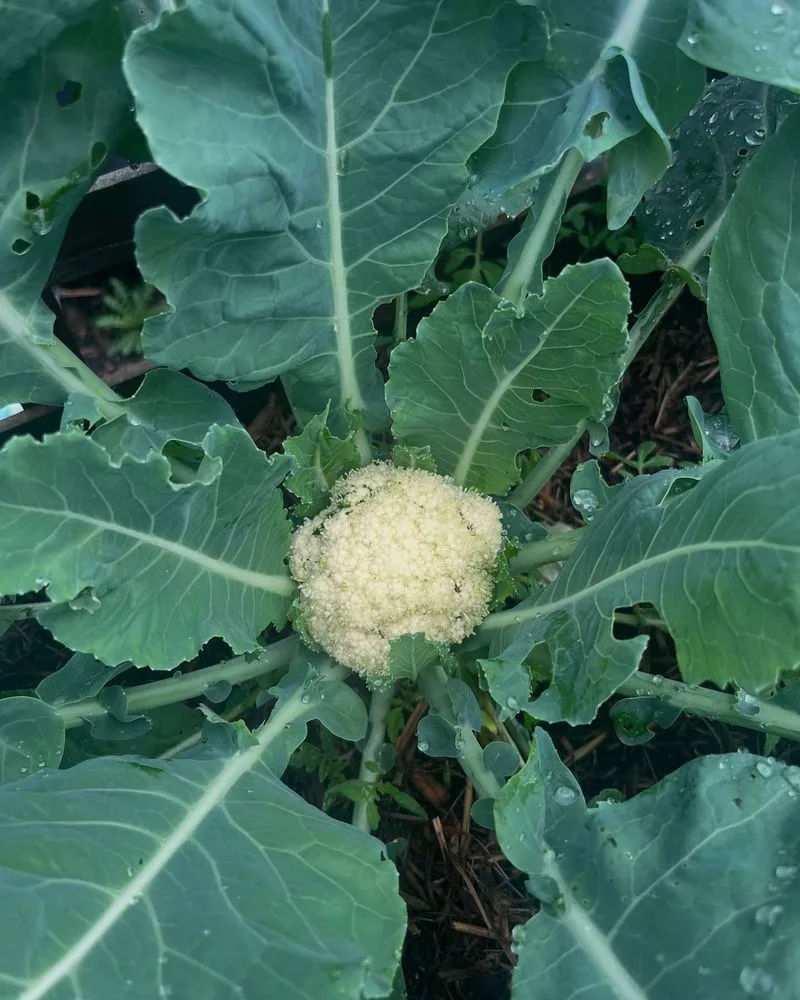
Producing perfect cauliflower heads is an art form. This temperamental vegetable requires rich soil, ample watering, and just the right temperature range. Its unique growth pattern demands careful monitoring to prevent discoloration. Introduced to Europe in the 16th century, cauliflower has been a culinary staple for centuries. Growing it successfully is a badge of honor for experienced gardeners. The rewards include a deliciously versatile vegetable that can be roasted, mashed, or riced, enhancing a multitude of dishes.
Eggplant
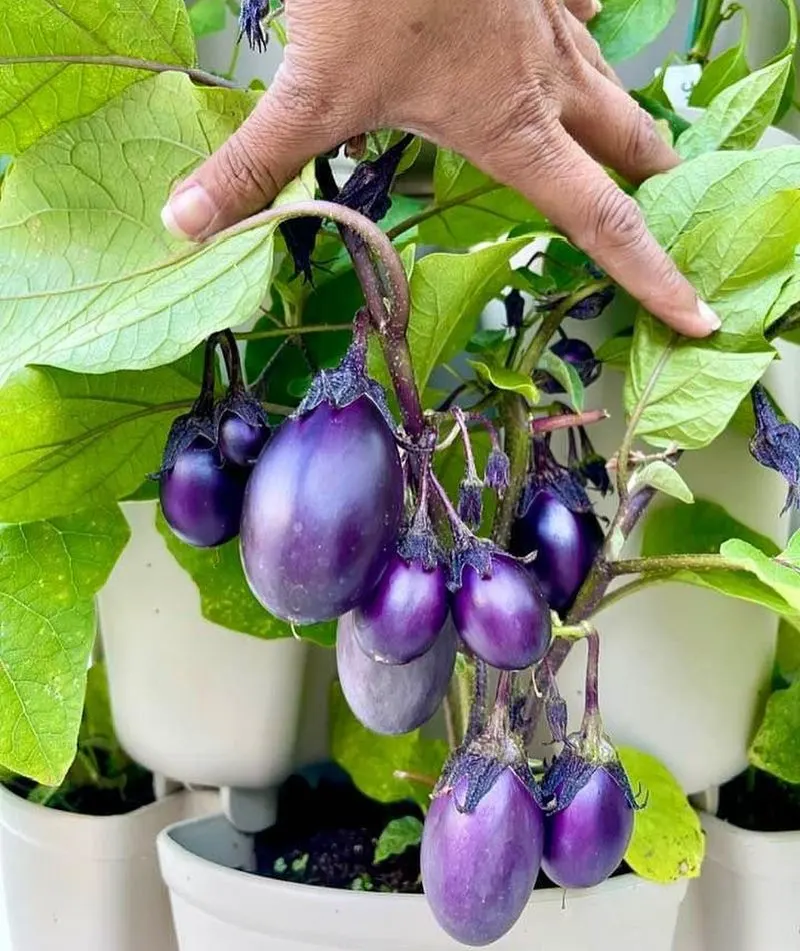
Eggplants tantalize both the palate and the seasoned gardener’s skills. They require warm temperatures, fertile soil, and protection from pests. Originally from India, eggplants have spread their roots globally, offering a myriad of culinary possibilities. Their striking purple hue adds a visual punch to any garden. For those adept at managing their needs, the payoff is a bountiful supply of this versatile vegetable. A delicious reward awaits the patient and diligent, making eggplant cultivation a worthy challenge for experts.
Brussels Sprouts
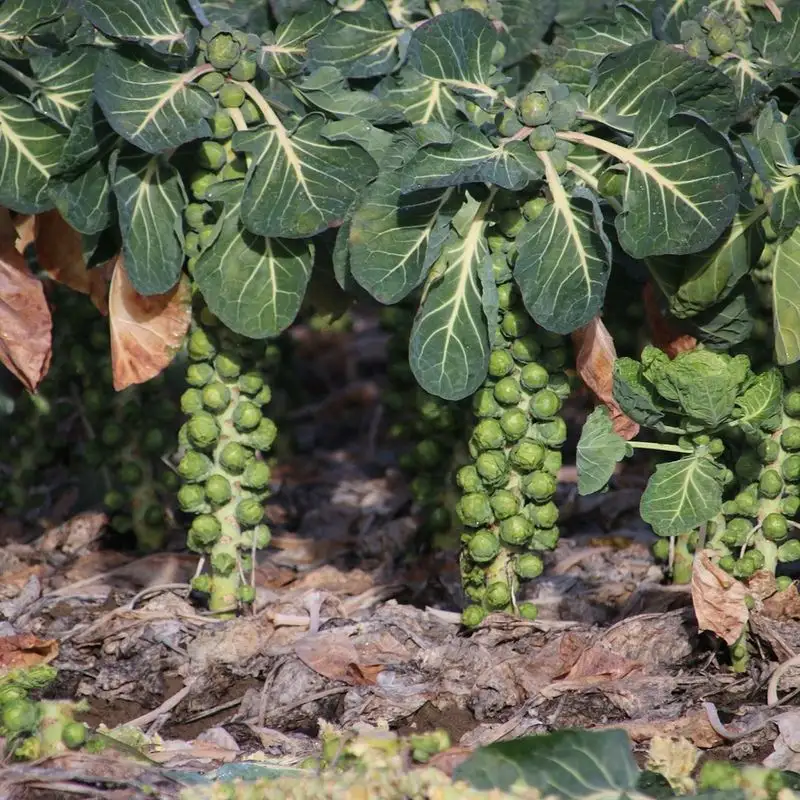
Brussels sprouts are a testament to a gardener’s patience and precision. They require a long growing season and thrive in cooler temperatures. Their nutty flavor and unique appearance make them a favorite in gourmet kitchens. Developed in Belgium in the 16th century, their cultivation demands consistent care and attention. The plant’s ability to withstand frost makes it a captivating choice for winter gardens. Mastering Brussels sprouts’ growth is a fulfilling endeavor for those with a keen eye and steady hand.
Kohlrabi
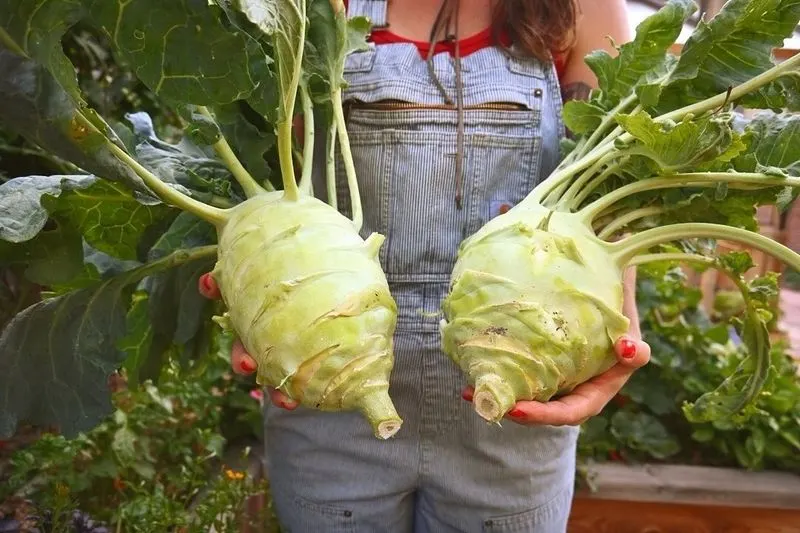
Kohlrabi’s alien appearance masks the complexity of its cultivation. This cool-weather crop requires rich soil and consistent moisture. A member of the cabbage family, kohlrabi’s flavor profile is both unique and delightful. Originating from Europe, it’s been a staple in many cuisines. Growing kohlrabi demands precision and skill, making it a thrilling challenge for seasoned gardeners. The reward is a versatile vegetable that can be eaten raw or cooked. Its crunchy texture and mild taste provide a culinary surprise.
Leeks
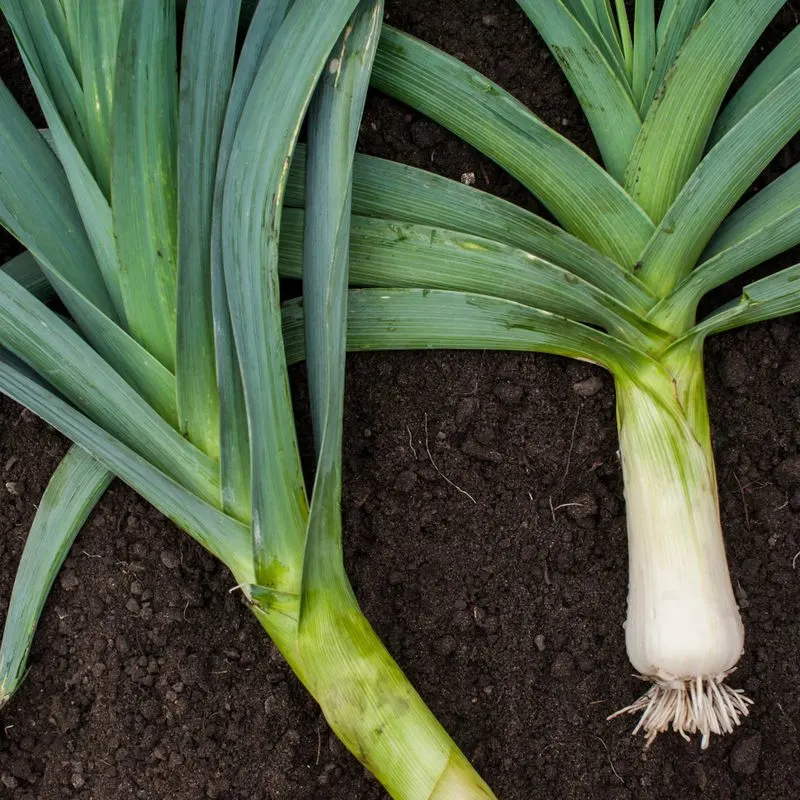
Leeks add a rich, onion-like flavor to dishes, but their growth requires a skilled hand. They need deep, fertile soil and protection from pests. Originating from the Middle East, leeks have been valued for their culinary versatility. Their cultivation is a test of patience, encouraging expert gardeners to perfect their techniques. The resulting harvest offers a sense of accomplishment and a delicious addition to soups and stews. Leeks’ delicate flavor and tender texture make them a prized possession in any gourmet garden.

